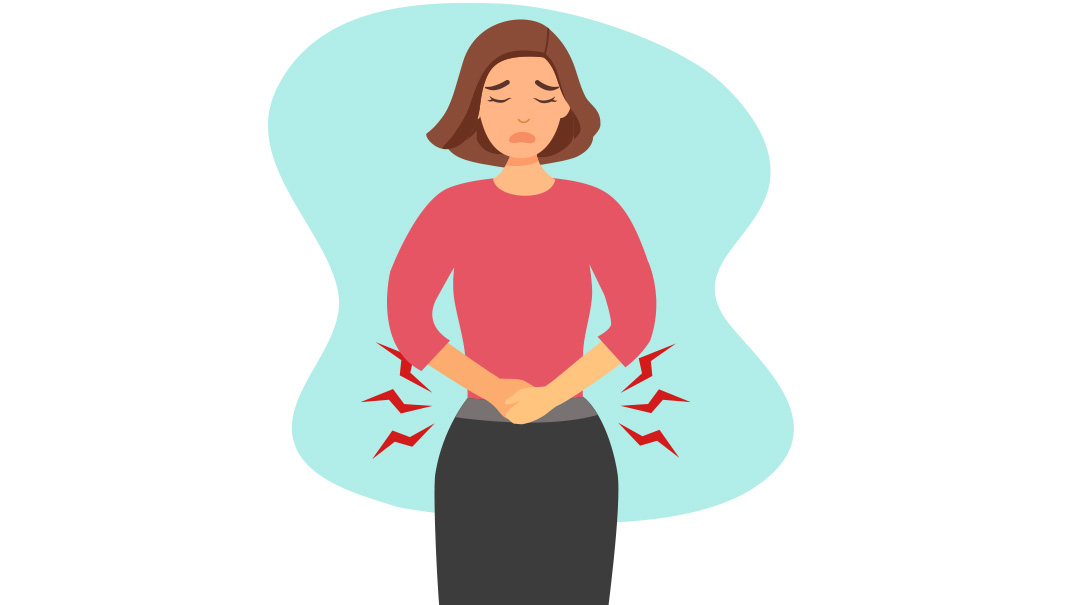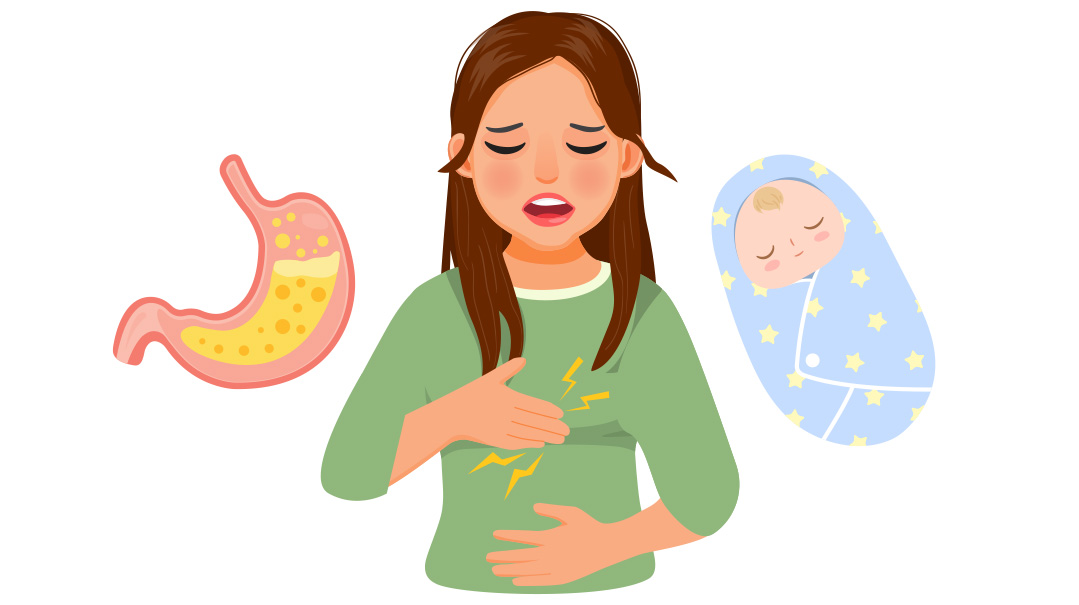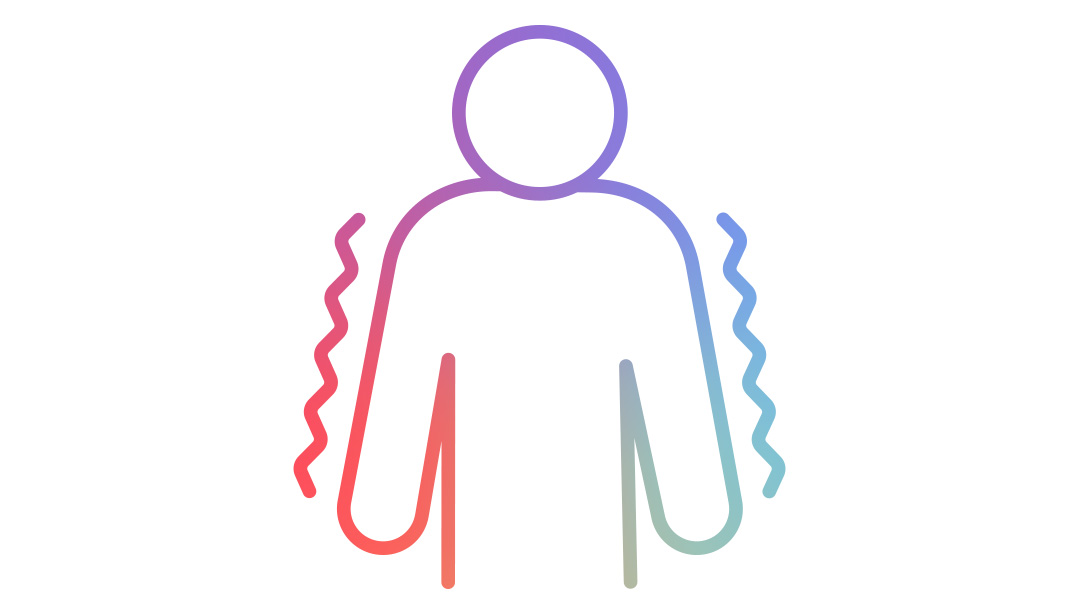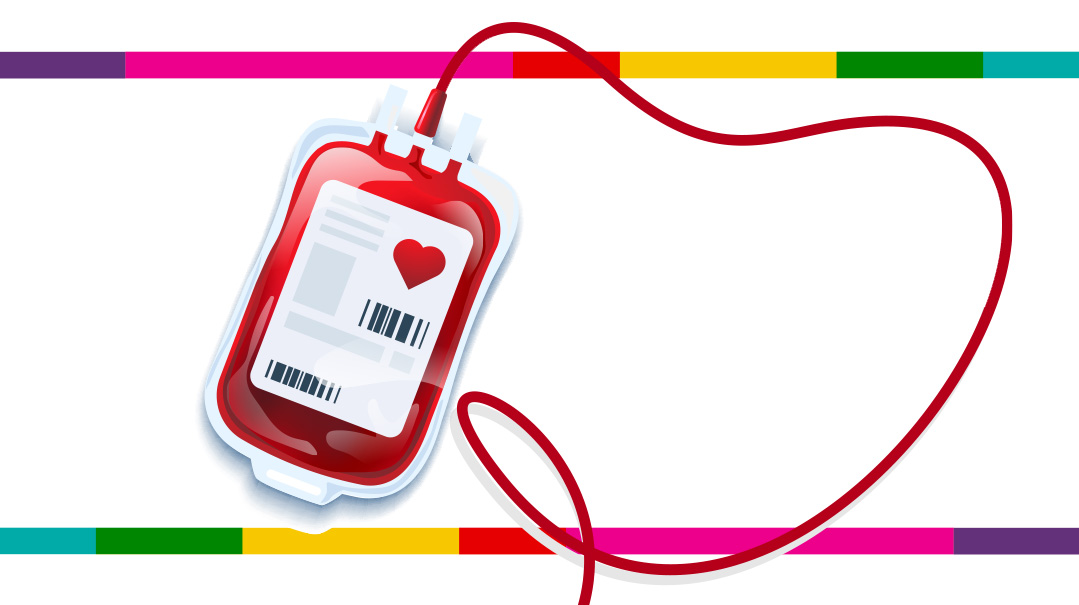Diabetes
| October 26, 2021Sugar, with all its deliciousness, can wreak havoc on your system. Teeth. Brain. And insulin levels
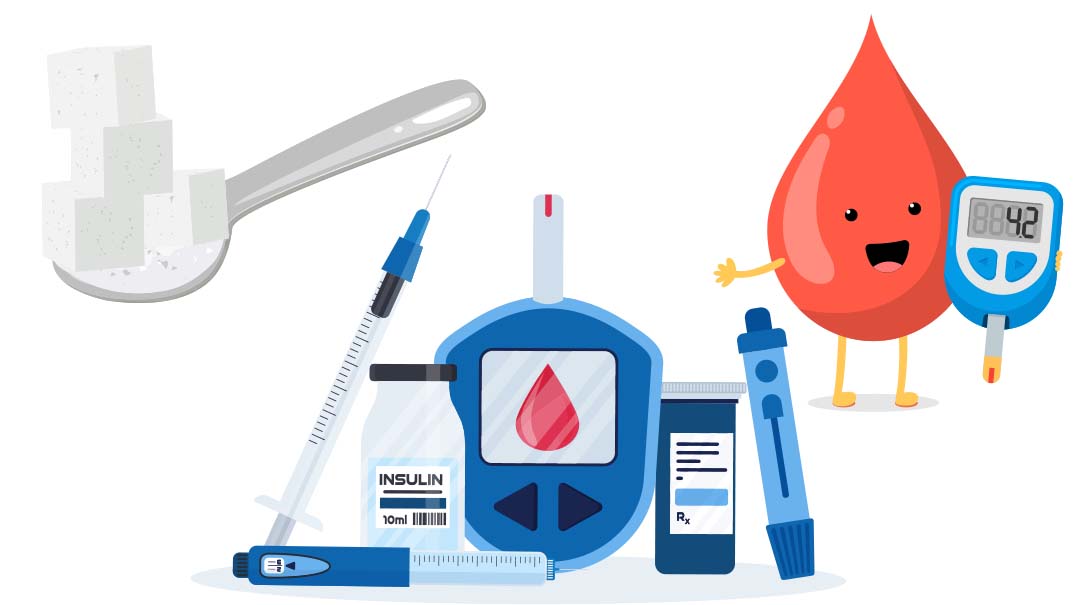
Super Sweet
Can you have too much of a good thing? Yup, you sure can. Sugar, with all its deliciousness, can wreak havoc on your system. Teeth. Brain. And insulin levels.
Eating healthfully, avoiding excessive sugar, and exercising, can help protect your body from the dangers of too much sugar. One of those dangers is unfortunately an all-too-common medical condition in adulthood: type 2 diabetes.
What’s the Difference?
With type 1, there is usually a problem with insulin production. Insulin is an important hormone. It takes the sugar floating around in our blood after a meal, a sweet drink, or a snack, cleans it out of the bloodstream, and drives it into our cells. You can think of insulin as a key that opens the cells to allow the sugar in, leaving your blood with just the perfect amount of sugar — 60 to 100 mg/dl. (That number goes up after you eat, but then the insulin comes to work its magic, and your blood sugar quickly drops back to this healthy range.) When insulin isn’t working the way it should, the amount of sugar in the bloodstream climbs quickly, and the cells are sugar-starved. This is not a great situation, and it can cause lots of issues. Type 1 diabetes is treated with extra insulin.
Pump It!
Instead of relying on the body’s insulin, insulin is sent into the bloodstream either through shots or, more commonly, a pump. This small, amazingly cool piece of equipment provides the body with insulin through a tiny, clear tube, 24/7. Managing diabetes is an art, but most teens with diabetes have mastered it well; counting carbs (carbohydrates turn into sugar), calculating the amount of insulin they’ll need, and programing their pump to give them the right amount. And then making sure they don’t get too much insulin. That would lower the blood sugar too much, which quickly becomes dangerous. What a balancing act! For those of you with perfectly working systems, take a moment to appreciate this intricate balancing act performed with no help from you whatsoever… and now let’s discover how we can keep it that way till 120, with Hashem’s help.
So what’s type 2?
Type 2, usually diagnosed in adults, is often a result of too much of the wrong kind of food and too little exercise. There is insulin in the body, but the cells have stopped responding to it in the right way. The key isn’t turning the lock anymore. The bloodstream fills with sugar, causing high blood sugar. Injecting insulin isn’t usually the solution. Instead, a careful diet, lots of physical activity, and sometimes oral medications are used to keep the blood sugar under control.
Different Strokes for Different Folks
You might have a friend who has diabetes, a sibling, or maybe you yourself are “extra-sweet.” But type 1 diabetes, the type most commonly seen in kids and teens, doesn’t mean you ate too much sugar or were a couch potato. On the other hand, when adults in their thirties, forties, fifties, and older are diagnosed with diabetes, it’s usually type 2, which can be prevented with the proper precautions.
Your Part:
How you can help prevent type 2 diabetes the best way? You can probably tell me that yourself. Eat mostly whole grains, not refined carbs (which includes white flour). Avoid sugar as much as possible. Exercise. Drink water instead of sweetened beverages. Maintain a healthy weight. Avoid processed foods (enjoy learning how to make your favorites from scratch). Taking vitamin D supplements might help, too.
DID YOU KNOW?
Hypoglycemia is the term used when the blood sugar level falls too low. Hyperglycemia means it’s too high.
According to Diabetes UK: Approx. 90% of people with diabetes have type 2, approx. 8% have type 1, and approx. 2% have rarer types of diabetes.
(Originally featured in Teen Pages, Issue 883)
Oops! We could not locate your form.

